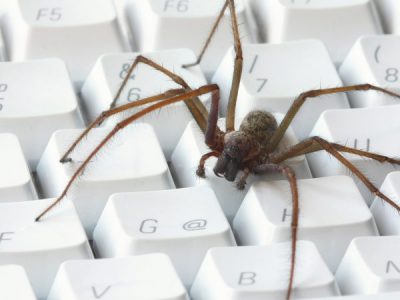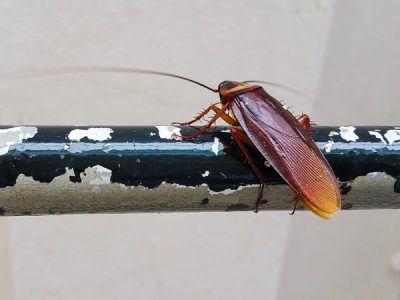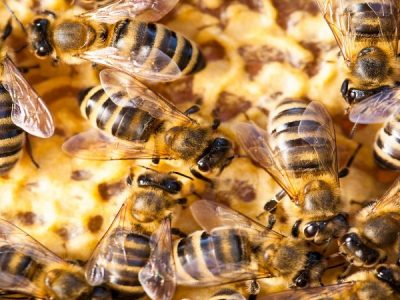You may consider yourself a bird lover but when these feathered friends start nesting in your roof it isn’t necessarily a good thing.
Birds are well adapted to urban environments, with pigeons, sparrows, Indian mynas and starlings being the main invasive species. These birds will seek out your roof as it offers a cosy, warm and safe environment for them to rest and even raise their young. Plus your home offers a ready supply of food (i.e., food waste from rubbish bins) for them to peck at.
Apart from being a nuisance, birds and their droppings are a big health risk to humans, keep reading to find out why.
Cure All Pest Control can safely and humanely remove birds from your roof and home. Call 07 3349 8572 or request a Brisbane bird removal quote today.
Bird Poop Causes Diseases
The main reason you don’t want birds nesting in your roof is that their droppings are dangerous for humans. There are over 60 zoonotic diseases (diseases that are transmissible by birds to humans) some of which can cause death and debilitating illnesses. These can be transferred through direct contact with bird droppings, like if you’re cleaning them up, but also if you are simply breathing anywhere in the vicinity.
Here are a few of the diseases that birds can give to humans:
Cryptococcosis – a pulmonary disease caused by yeast found in the intestinal tract of pigeons and starlings. In severe cases, it attacks the central nervous system.
Chlamydiosis – a lung infection caused by a bacterial parasite in bird faeces, urine, saliva, ocular and nasal secretions, and feather dust. Other symptoms include fever, headache, muscle aches, a dry cough and shortness of breath.
Histoplasmosis – a potentially fatal respiratory disease resulting from a fungus that grows in dried bird droppings of pigeons, starlings, seagulls and house sparrows.
Salmonella – a harmful bacteria which can persist in soil and water for long periods of time carried by starlings, sparrows and pigeons.
Bird droppings, dust from the droppings, infected feathers and general bird debris can fall from nests in ceilings and can be sucked in through air ventilators and air conditioners.
A few years ago a Canadian woman, Erica Richards contracted cryptococcal meningitis from pigeon faeces in her roof. After spending weeks in the hospital fighting for her life, first with severe migraines and then swelling of the brain, Erica survived but has been left completely blind. She now warns people about the dangers of having anything to do with pigeons.
Birds and parasites
Not only do birds carry harmful diseases on the inside but they can also have ectoparasites, parasites that live on or in the skin. There are over 50 varieties, and about two-thirds of these can cause problems for humans, some common ones include bed bugs, ticks, lice and the West Nile virus.
Bird nests and droppings can also attract other disease-inducing pests, including rodents, insects and even snakes, something you definitely don’t want in your roof.
What to do?
Any long term solution requires professional bird removal as well as deterrent and disinfection measures to keep your family safe from bird diseases and parasites.
Meanwhile to prevent birds setting up home in your roof:
- Remove their food sources; secure bin lids and tie up rubbish bags
- Keep any other possible food sources hidden
- Block entry points with barriers, spikes, wire systems or netting
If you have a problem with birds in your roof, don’t let it get out of hand. We have both short term and permanent bird control methods to keep them out of your property. Get in touch with us today.



